Ladakh Travel Guide - Places to Visit in Ladakh
Ladakh Indian Union Territory, is a land with no other substitution to visit with its fabulous landscape, amazing people, and culture in our Incredible India. It is administered by the Indian Government as a Union Territory from the 31st of October, 2019. The place is frequently visited by tourists all over the world for its remote mountainous beauty and amazing culture.
Elevation and Boundaries
The highest elevation of Ladakh is 7742m or 25400 ft and the lowest elevation is 2550m or 8370 ft. The official language is English or Hindi but the local language which is spoken here is Ladakhi and Purgi.
To the east, the border of Ladakh is Tibet Autonomous Region. Himachal Pradesh, the state of India is in its south, while the Karakoram Pass Boundaries are in the North. The Eastern end of Ladakh has the uninitiated Aksai Chin Plains which is under the control of China since 1962. Previously Ladakh was a part of Jammu and Kashmir. Later on, in the year of 2019, it becomes Ladakh Indian Union Territory.
About Ladakh
Leh is the largest town in this region. Kargil is one of the important places to be mentioned. Indus, Shyok, and Nubra are the main rivers of the Ladakh Valley. Muslims and Buddhists are the majority in this region. Hindus and the people of other communities also stay here. The place is sparsely populated and has lots of similarities with ‘Tibet’. For that reason, the region is called “Little Tibet”. Ladakh is described as the second least populated and the largest Union Territory of India.
Cultural and Local Life
Being proud of their rich culture, the people of Ladakh is very much proud of their rich culture and are very much enthusiastic to celebrate their culture and their roots in history.
The main occupation of the people is agriculture here. Tourism is another option but it is seasonal. The main income season of the people of Ladakh comes during the tourist season, which is from April to July. Another important profession of the people of Ladakh is sheep rearing, as they are living in the mountainous region.
The people of Ladakh belong to the ancient Aryans who are influenced by Buddhism and Tibetan traditions. The succession of power is another specialty of the people here. The responsibilities come down from elders to younger ones. The people of Ladakh carry on a close bond with everyone. The cultivation of land is done in a very eco-friendly manner and they always recycle their used articles. They sell the articles in the marketplace which are left behind after their use.
The people of Ladakh are jovial and like to celebrate. In the time of sports and recreation, the game of Polo comes in the first position. Hunting is another popular sport for rich people which are prohibited nowadays. Besides these, they also enjoy the common sports like football, cricket, etc.
The most popular festival in Ladakh is Hems Tsechu. Other festivals which are popular here are Dosmoche Festival, Losar Festival, Sindhu Darshan Festival, Ladakh Festival, and so on.
Food Habits
The people of Ladakh follow the culture of the Tibetan people. Dishes like Thukpa, Momo, SKU, and Thenthuk are very much popular among the trekkers. Paba, Tangtur, and Butter tea are the ancient delicacies of this place. So, it is a must for every person who wants to explore “Incredible India”, to taste the cuisine of the place once.
Language
The Ladakhi people commonly speak in Balti, Ladakhi, Tibetan, and Urdu. English and Hindi are the official languages of this place.
Attire
A long woolen robe which is called ‘Goucha’ is the common wear of the men folk. Kos Kar, Lokpa and the Bok are the dresses for the women.’ Pigtail’ is the hairstyle. ‘Perak’, a long hat is commonly used by the people of Ladakh.
History of Ladakh
The first history of Ladakh can be seen in the Kharosthi inscription discovered near the bridge of Indus. In 634 CE a Chinese Monk described his journey to Ladakh. In 653 CE a Tibetian Commissioner was appointed and a regular administration was introduced in 662CE. On 677 CE an unsuccessful rebellion broke out. In the 8th century, Ladakh engulfed in a clash. During 747 the hold of Tibet loosened due to the Chinese invasion. In 842 the Tibetan Empire had broken up and the Ladakh dynasty came into the front.
During the 13th century for political development, Ladakh was in a state of crisis and tried to get help from Tibet. The Namgyal Dynasty played a vital part in the history of Ladakh. Sengge Namgyal was known as the ‘ Lion King’. During this period Islam religion played a vital part. By the beginning of the 19th, the Mughal Empire was collapsed. In 1842 a Ladakhi Rebellion was crushed and Ladakh became a Dogra State of Jammu and Kashmir. In 1934 when the Praja Sabha was introduced, Ladakh was nominated for two seats in the assembly. It had become a part of Jammu and Kashmir after getting independence.
During 1949 China closed the 1000-year-old trade route from India to Central Asia, the early 1960s, lots of immigrants from Tibet entered Ladakh. In February 2019, Ladakh a separate Revenue and Administrative division. After passing the reorganization Act in August 2019, Ladakh is now known as Ladakh Indian Union Territory and Leh is chosen initially as the headquarter.
Places to Visit in Ladakh
Ladakh is a picturesque place in the ‘Incredible India‘. It is encircled with unique Landscapes, Palaces, Gompas, and Monasteries.
Pangong Lake
Pangong Lake is a place full of scenic beauty. The crystal blue water with the surrounding landscape enchants the people. In wintertime, the water of the lake is frozen up and becomes an ideal place for ice skating. The migratory birds breed here and the tourists are camping around the lake.
Shanti Stupa
White in color with a unique dome, Shanti Stupa is a recognizable landmark in Leh Ladakh. Japanese built it to commemorate 2500 years of Buddhism and to maintain world peace. The white dome looks spectacular during daylight and also in the light of the moon. It is a proper place for meditation.
Tso Moriri Lake
It is the largest Alpine lake in India but is being visited by fewer visitors due to its remote position. But the blue water surrounded by mountainous landscape and open blue sky is worth seeing.
Leh Palace
The palace was built in the 17th century according to medieval Tibetan architecture and design. It is warm in wintertime and cooler in scorching summer. It is the most frequently visited place in Ladakh.
Khardung La Pass
It is the highest memorable road in India. Previously it was used as the ancient caravan route through which transporting supplies were made from Leh to different places of Central Asia. It is a hotspot for the biking expedition but a nightmare of the drivers for its condition.
Magnetic Hill
The name of the hill is created due to the vehicles by defying gravity move upwards to the hill which makes an unusual spectacle for the tourists.
Nubra Valley
It is a fertile valley that is being nourished by Nubra and Shyok rivers. Here all can have the visuality of colorful Buddhist Monasteries, apple orchards, and mountainous view. The vast dune is another attraction of this valley.
Namgyal Tsemo Gompa
Built, in the 15th century, this Gompa offers a stunning view of Zanskar Mountain. The three stories high Golden Statue of Maitreya Buddha is the main attraction here.
Spituk Monastery
Built, in the 11th century, this Monastery is famous for its Spituk Festival which is a colorful event in which the monks perform the mask folk dance.
Tso Kar Lake
The smallest and tranquil Lake of Ladakh with marshland around it. The migratory birds often come here.
Zanskar Valley
It is famous for its captivating views and adventure sports.’ Lingshed’ and ‘Phutkal’ are two beautiful caves of this place.
Kargil
Kargil is situated by the side of the Indus River. Kargil War Memorial is a must-visit place to pay respect to those Indian Jawans who died during the Kargil War in 1999.
Hemis Monastery
Amidst snowy mountains, this monastery is situated. The Hemis Festival takes place here in June- July is an important event in this place.
Homestay and Car Facilities
Homestays are very much popular in Leh Ladakh. In a private home, simple accommodation will be made where the host will also be present. All types of facilities will be available there. Breakfast is also included in some homestays. For the budget people, homestay is the correct option.
For sightseeing, cars are ready for you in Ladakh. Well sanitized car with a professional hand is available. The pocket-friendly options are also available there which will give you the proper enjoyment of the journey.
How to Reach Ladakh
On-road to reach Ladakh the two best options from Delhi. Either the Manali route or by Srinagar route. Kushok Bakula Rimpochee Airport is the nearest airport to reach Ladakh. There is no railway station in Ladakh. Jammu is the nearest railway station from Ladakh. It takes almost 24 hours to reach Ladakh from Delhi by bus. Self-driven cars, hired cars, bike trip is also available here. Manali to Leh Ladakh route is a journey of 460 km which is a mind-blowing experience. Srinagar to Leh route is also awesome.
Time for Travelling
The best time to visit Ladakh is summer. Soothing weather and melted snow is a spectacular sight. Hemis Festival held at this time. Some people like to be in Ladakh in winter. But at that time on road-going is impossible, you can reach there only through the air.
Time Duration
To complete the Leh Ladakh tour, it will take at least 11- 12 days. To visit Nubra Valley and Pangong Lake, three days are needed.
Some Important Points to Remember
- Physical fitness is needed for the Ladakh tour.
- Tourists need to take two days to rest after reaching Leh to get accustomed to the atmospheric pressure.
- Patients of high pressure, heart ailments are advised not to visit Ladakh.
- Some preventive medicines of acclimatization and to treat altitude sickness must be with you.
- Avoid sleeping at day time, as you have to explore a lot.
To visit Leh Ladakh will be an experience of a lifetime. The total essence of ‘Incredible India’ can be ensured by all through it. Ladakh Indian Union Territory is a must going place for all the explorers all through the world. Be a part of this experience.

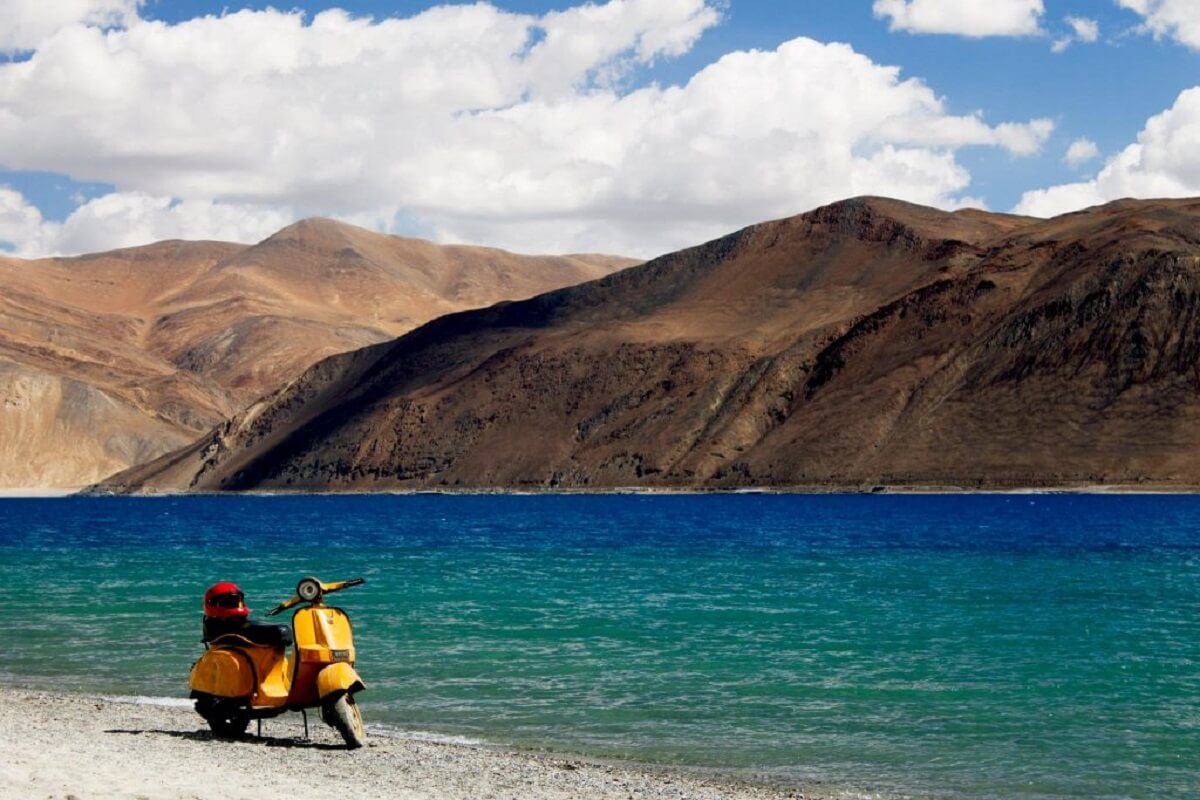
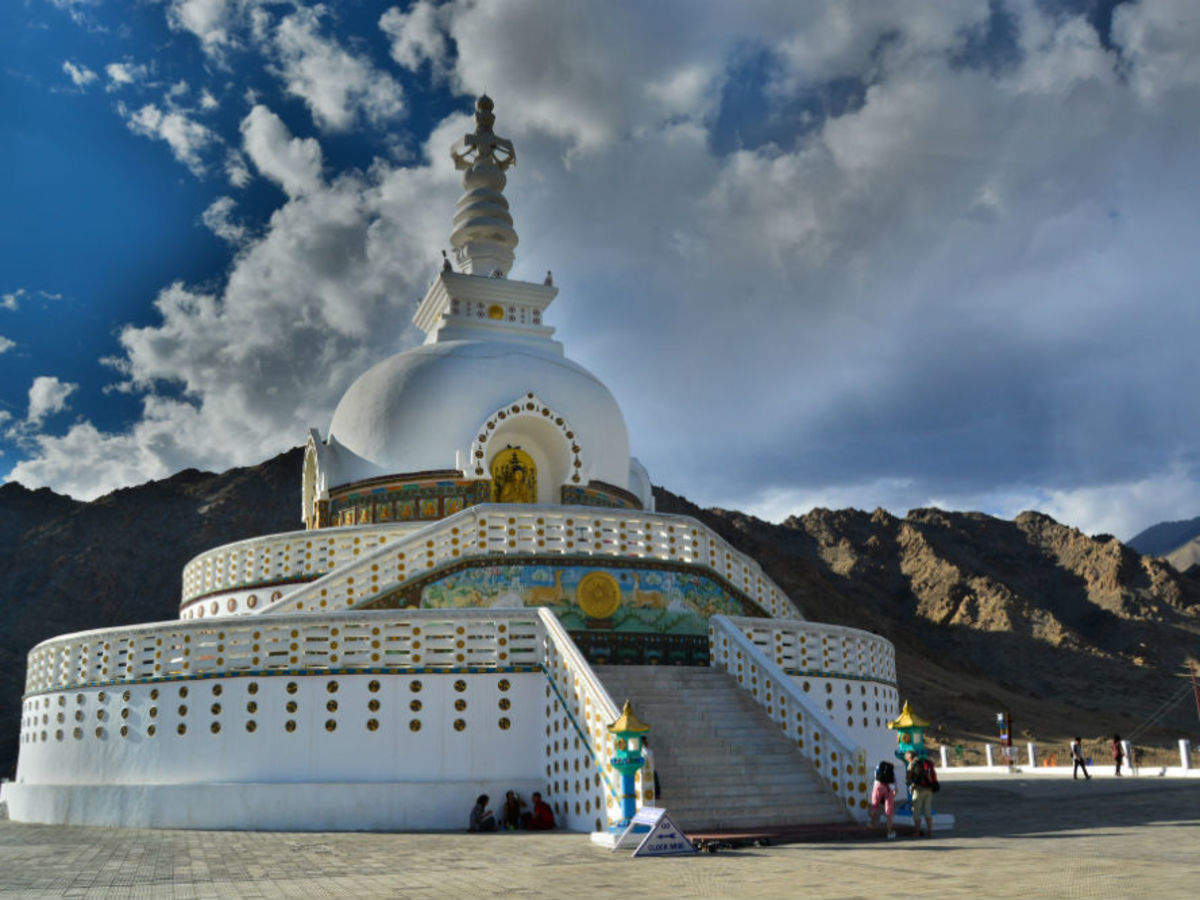
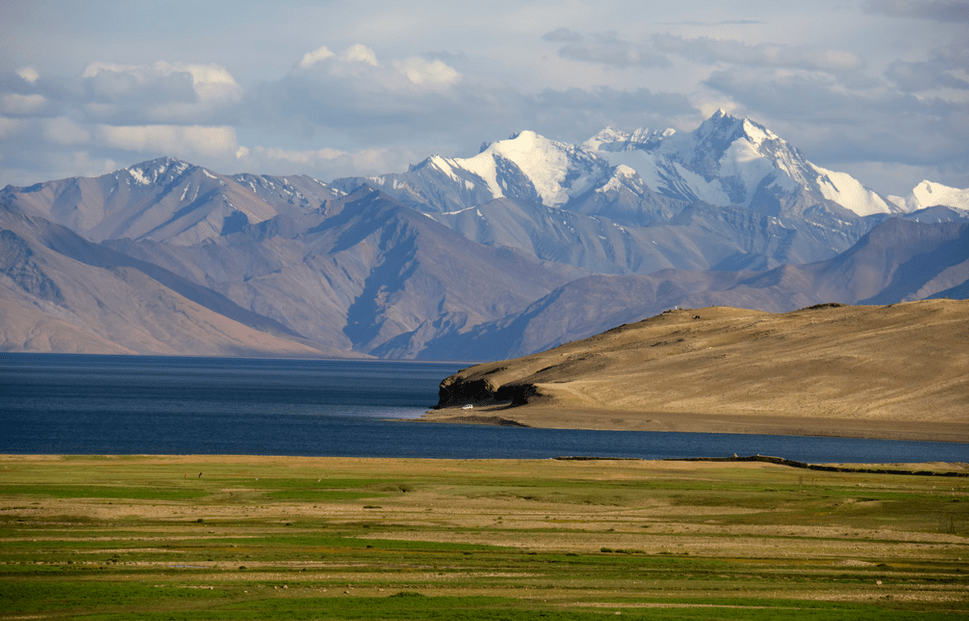

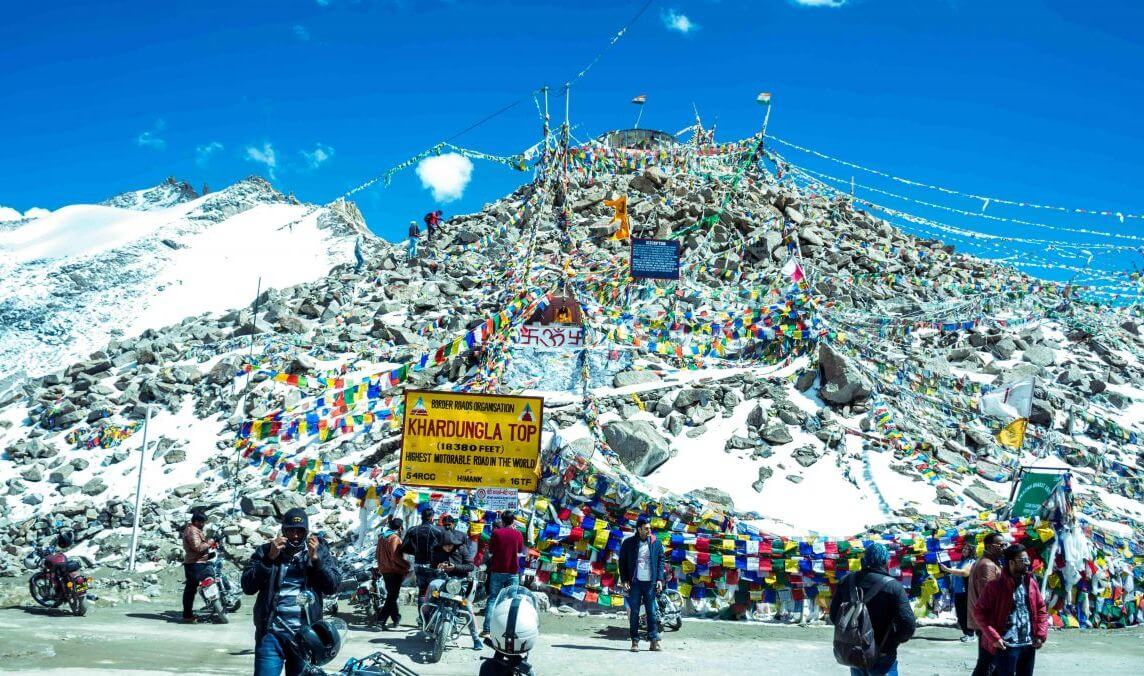
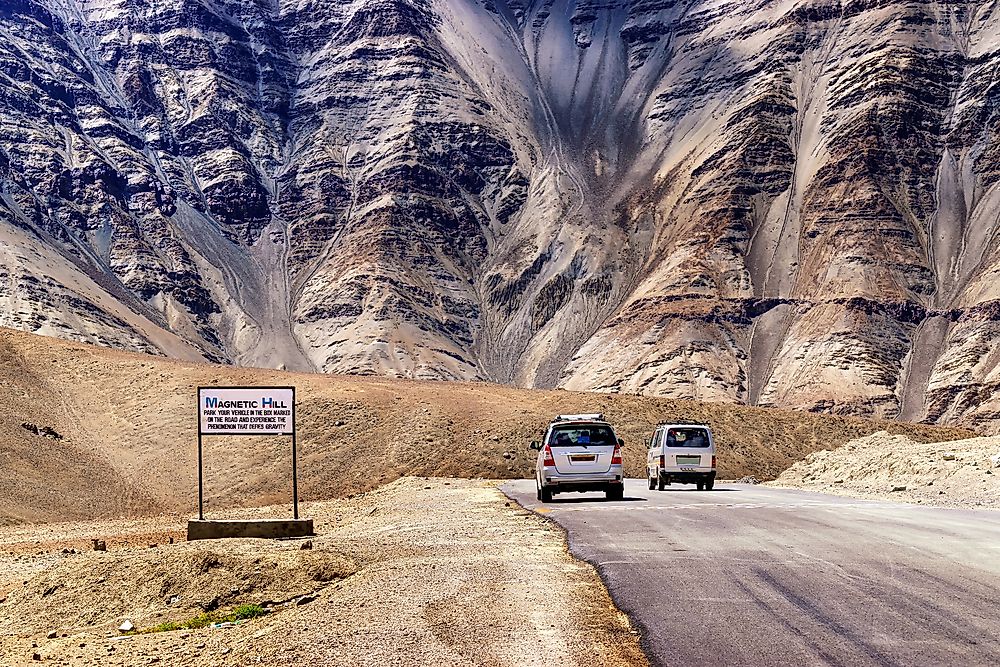


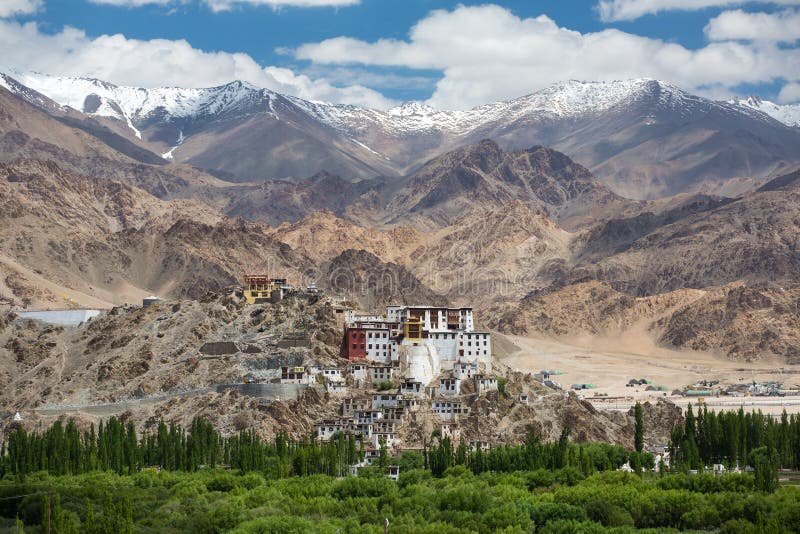



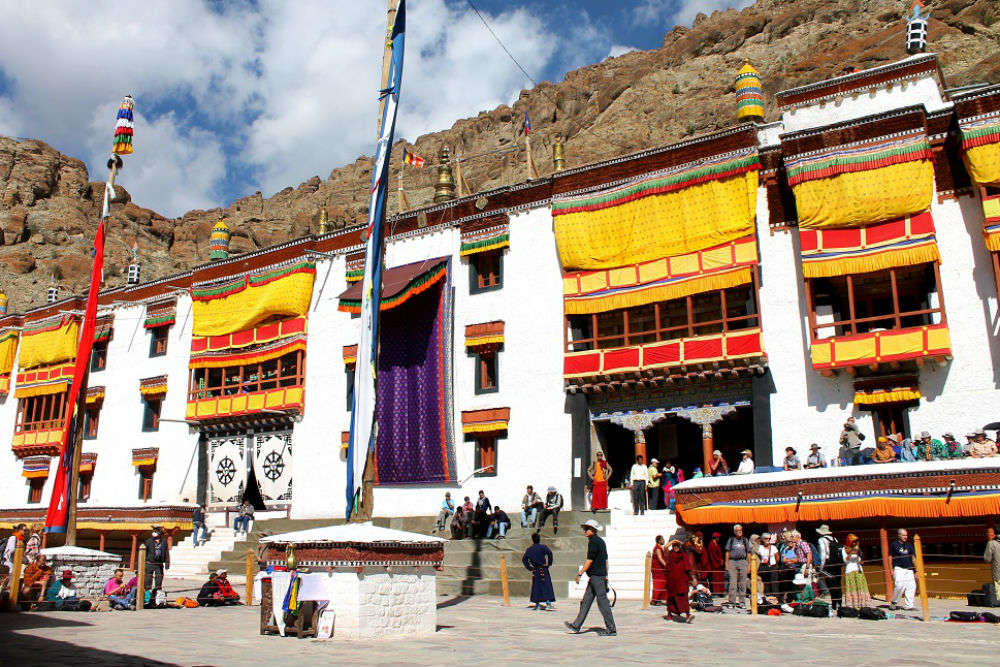

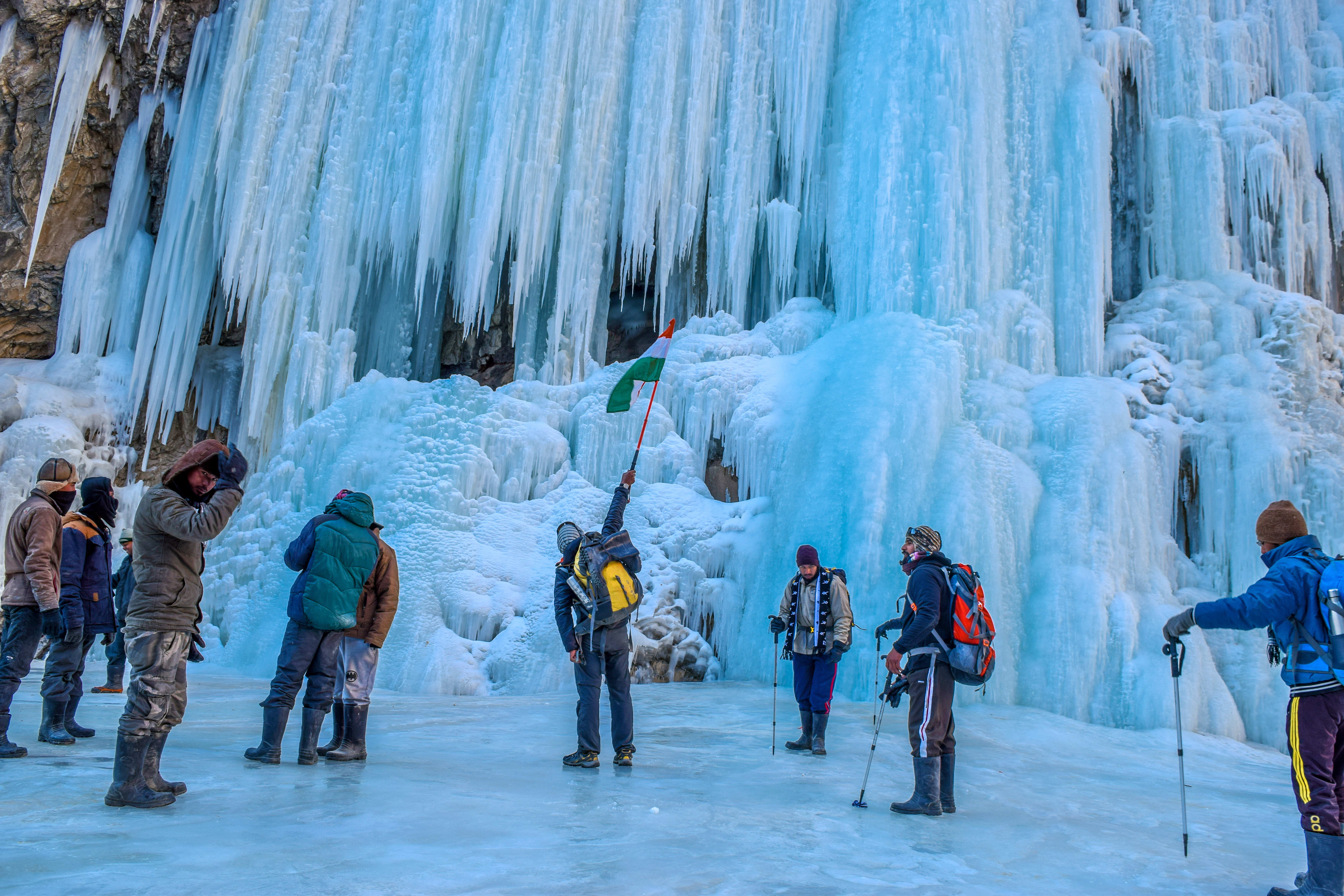


Good post, if you want travel tips for a Ladakh trip visit https://wanderon.in/blogs/things-to-do-in-ladakh
ReplyDeleteAmazing. Leh Ladakh is one of the places which offers many things to its tourists. It offers many experiences from cultural to adventure sports as well. There are so many places to visit in Leh Ladakh . One should definitely visit once.
ReplyDeleteYour photos are breathtaking, I'm inspired to visit these destinations. If you are planning a trip to Ladakh visit https://wanderon.in/blogs/solo-trip-to-ladakh
ReplyDeleteThanks for such an amazing bog you write a lot of words keep it up.
ReplyDeleteKNOW MORE: https://wanderon.in/blogs/leh-ladakh-my-childhood-dream-come-true-by-abhijeet
Immerse yourself in the breathtaking landscapes of Leh Ladakh, where every corner unveils a new marvel of nature. Explore the serene Pangong Lake, renowned for its shimmering blue waters against a backdrop of majestic mountains. Visit the ancient monasteries like Thiksey and Hemis, steeped in spirituality and history. Experience the thrill of driving through the winding roads of Khardung La, one of the highest motorable passes in the world. From the magnetic charm of Magnetic Hill to the lunar-like landscapes of Nubra Valley, Leh Ladakh promises an unforgettable journey amidst unparalleled beauty.
ReplyDeleteThank you for writing a blog on the Ladakh Travel Guide and highlighting places to visit in Ladakh! Your insights are very helpful. Including information on places to visit in Leh Ladakh adds great value, making it easier for travelers to plan their adventures in this stunning region.
ReplyDeleteThank you for writing a detailed Ladakh Travel Guide, highlighting the amazing places to visit in Ladakh! Your insights are very helpful. Including information on Leh Ladakh Tour Packages adds great value, making it easier for travelers to plan their adventures in this stunning region.
ReplyDeleteThank you for writing this detailed Ladakh Travel Guide! The insights on places to visit in Leh Ladakh are incredibly useful for planning an unforgettable journey. This guide is a must-read for anyone looking to explore the beauty of Ladakh.
ReplyDeleteThis comment has been removed by the author.
ReplyDeleteThank you for sharing this comprehensive guide! It was very helpful in planning my trip. I'm also looking into the best hotels in Leh Ladakh to make my stay comfortable. Any recommendations would be appreciated!
ReplyDeleteThank you for writing this comprehensive blog on the Ladakh Travel Guide. The detailed insights on the places to visit in Ladakh are incredibly helpful for planning a trip. Including information about Leh Ladakh Tour Packages adds great value for travelers. This guide makes it easier to explore the stunning landscapes and cultural richness of Ladakh. Keep up the excellent work!
ReplyDeleteThank you for writing this detailed blog on the Ladakh Travel Guide. The information on the various places to visit in Leh Ladakh is incredibly helpful for travelers planning their trip. Your insights make it easier to explore the best attractions in this stunning region. Keep sharing such valuable content!
ReplyDeleteThank you for this fantastic guide on Ladakh! The details about various adventures are incredibly helpful. I’m especially interested in quad biking in Ladakh—it sounds like an amazing way to experience the region's rugged beauty. Any additional tips on the best spots for quad biking in Ladakh or how to prepare for it would be greatly appreciated. Thanks again for such an insightful post!
ReplyDeleteThank you for writing this comprehensive blog on the Ladakh Travel Guide. The detailed list of places to visit in Ladakh is very informative and helpful for travelers. Leh Ladakh Tour Packages would surely enhance the experience of exploring these beautiful destinations. Keep sharing such valuable insights!
ReplyDelete